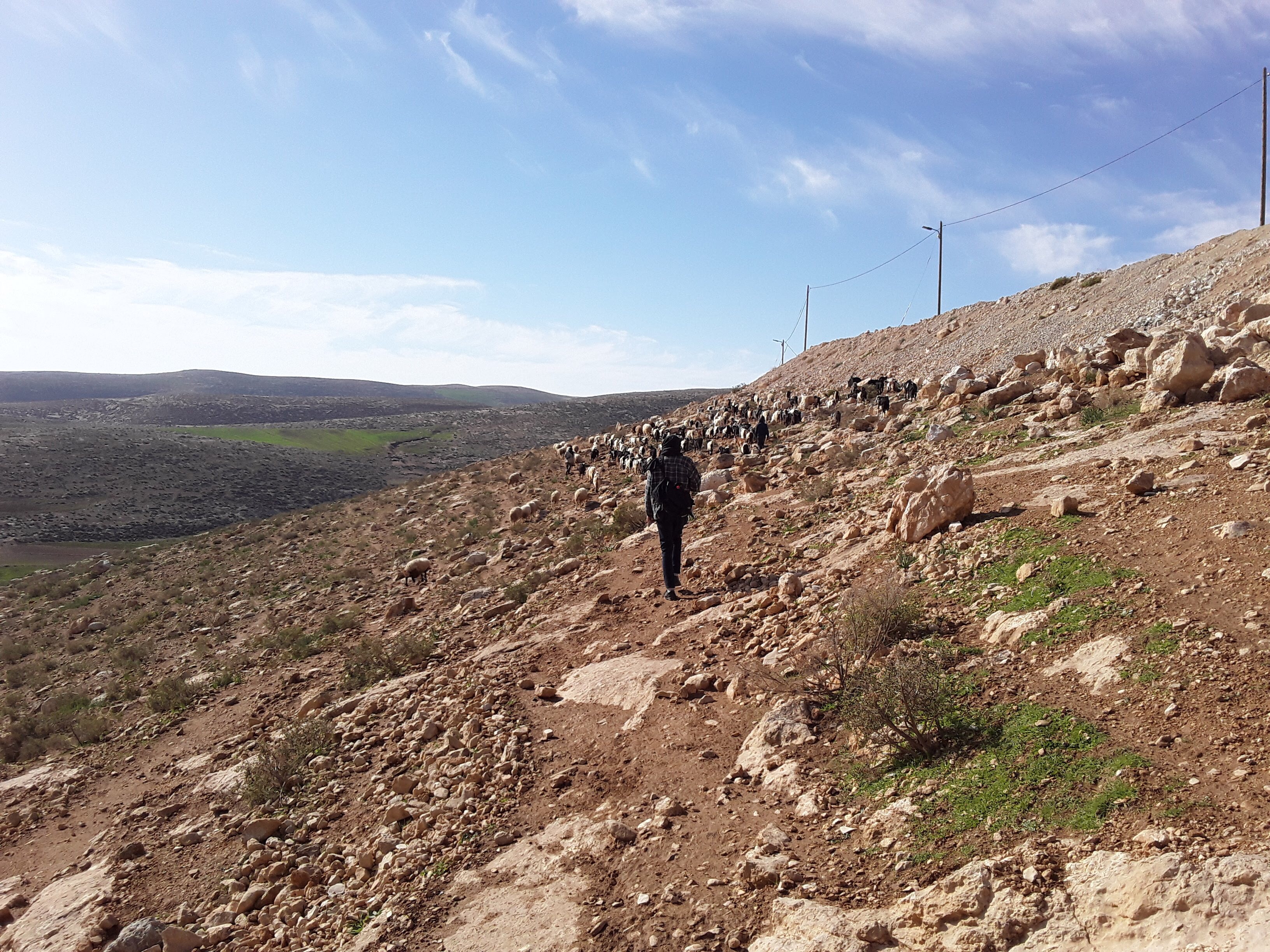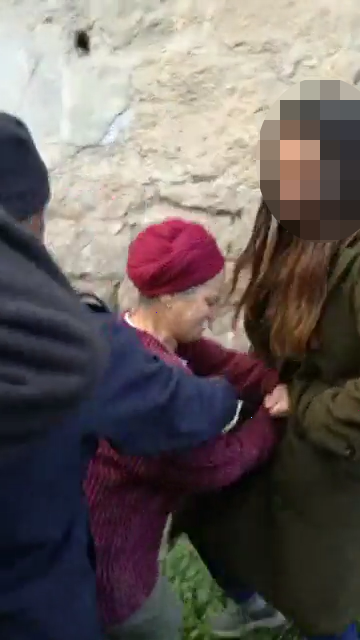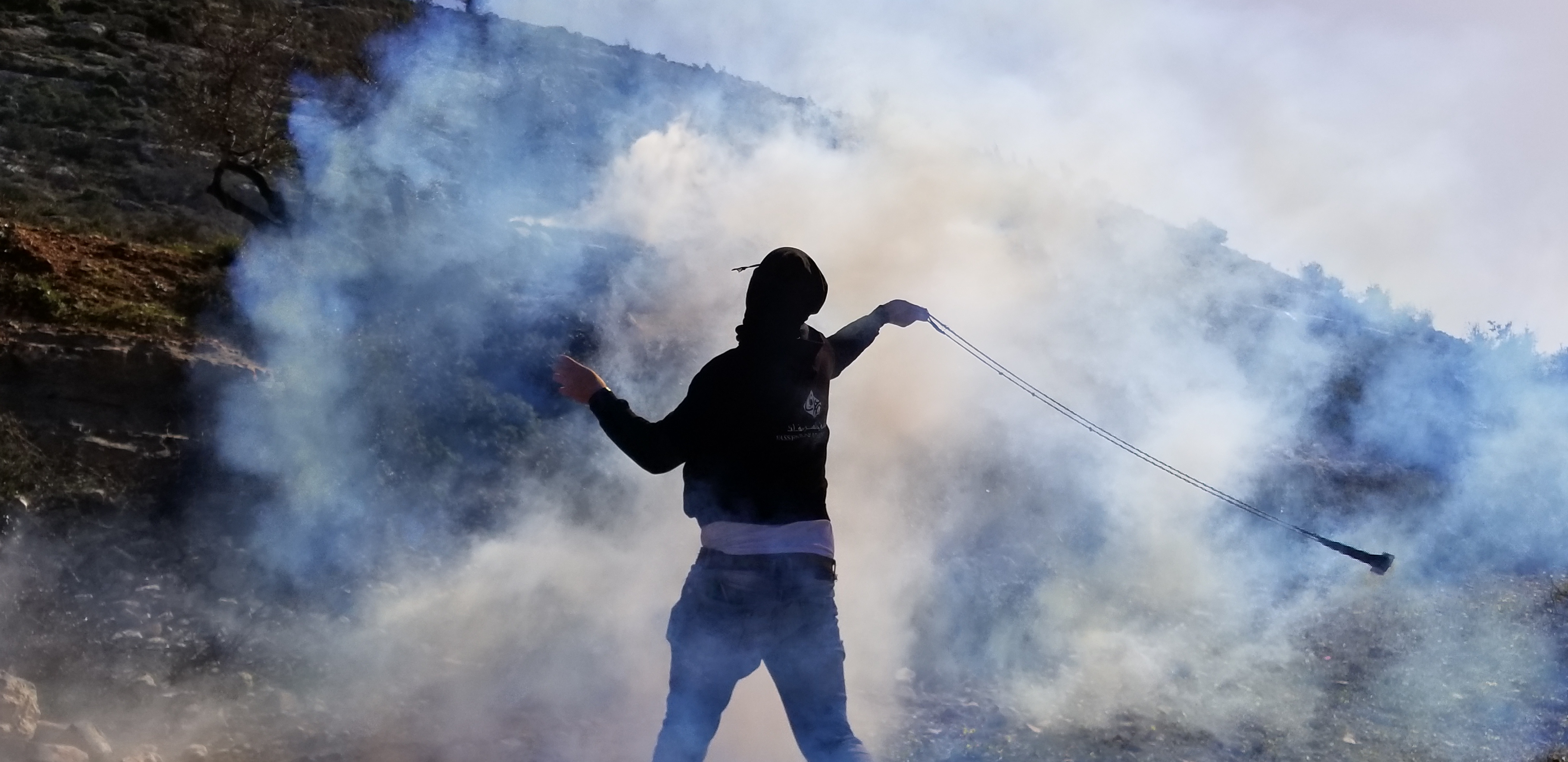-
Resistance in the South Hebron Hills
In early January, ISM activists visited the villages of Um al-Khair and At-Tuwani in the South Hebron hills in order to participate in renovation work on ancient caves and to bear witness to recent settler violence in both villages. The villages are located in Area C of the occupied West Bank, occupied Palestine, an area […]
-
Another ISM member attacked by violent Settler, Anat Cohen
February 10, 2019 | International Solidarity Movement, Al-Khalil team | Al-Khalil, occupied Palestine Every day, ISM volunteers monitor the Qurtuba checkpoint in Al-Khalil during mornings and afternoons to ensure the safety of Palestinian schoolchildren. Attacks and harassment by Israeli Defense Forces, police and settlers seem to be increasing. This is the fourth ISM volunteer attacked […]
-
Another interesting week in sunny Palestine
January 2019 | International Solidarity Movement, Al-Khalil team | Hebron, occupied Palestine Al Khalil (Hebron), occupied West Bank, Palestine, late January 2019 It’s the first day of winter term for Palestinian schoolkids. Israeli settlers from the colonies in and around Al Khalil, the Israeli Border Police, and the Israeli Defense Force, are all known for […]
Action Alert An Nabi Saleh Apartheid Wall Arrests BDS Bethlehem Bil'in Cast Lead Demonstration Denial of Entry Ethnic Cleansing Farmers Gaza Global Actions Hebron House Demolition International law Israeli Army Jerusalem Live Ammunition Nablus Ni'lin Prisoner Ramallah Rubber-coated steel bullets Settlement Settlers Settler violence Tear-Gas Canister Video



